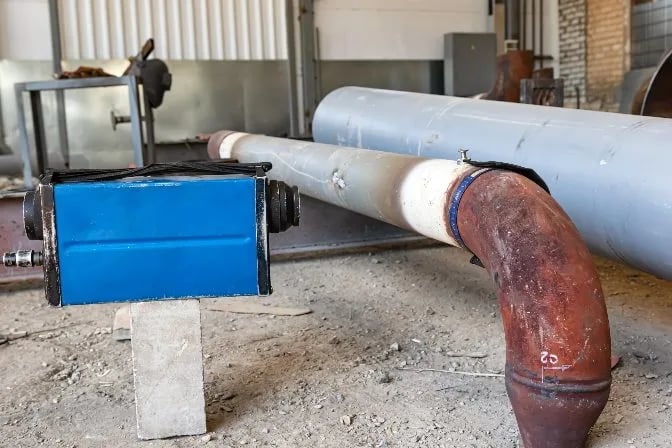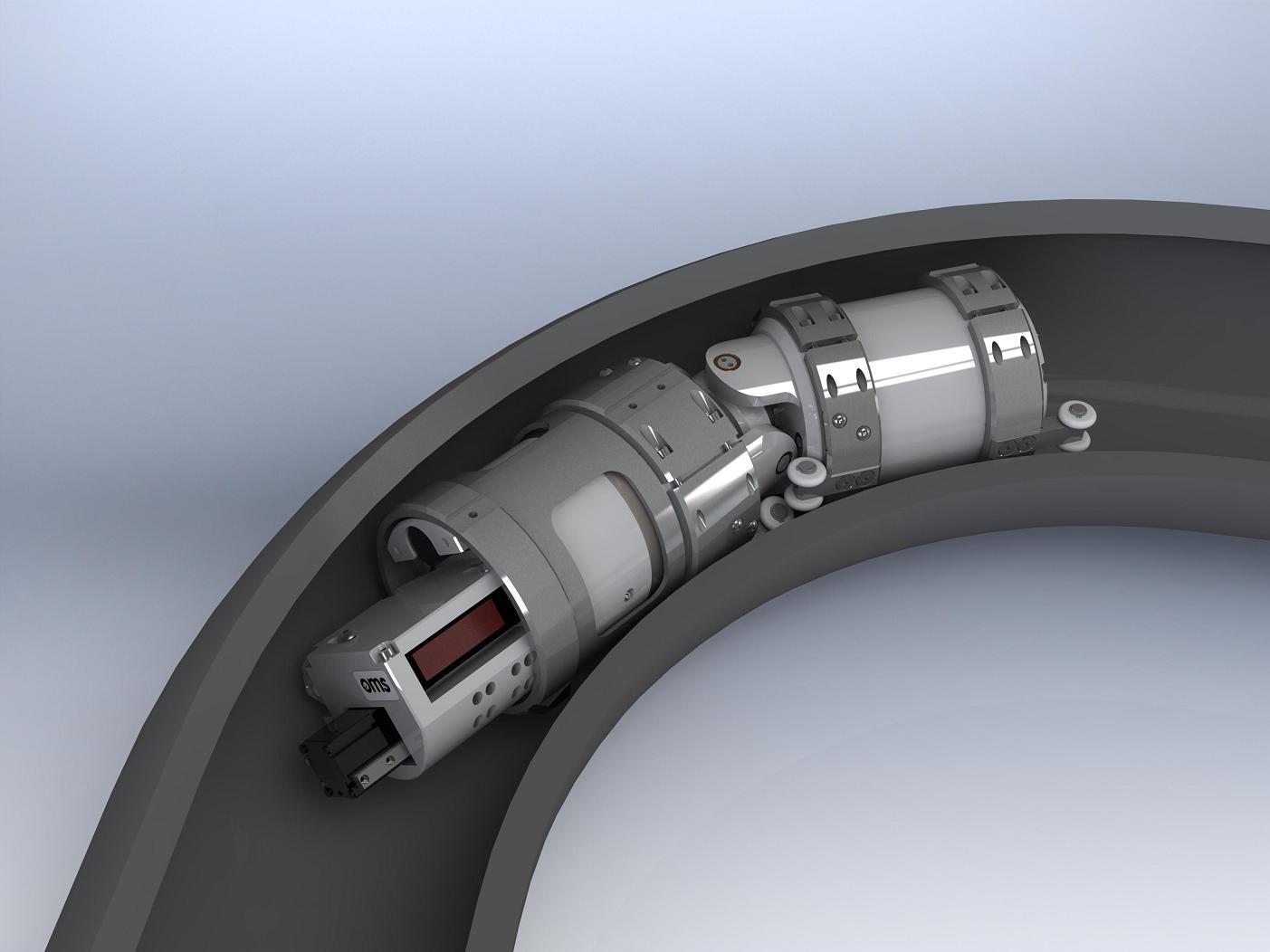Accuracy Issues: Relied On Pipeline Welding Inspection Solutions for Important Tasks
Accuracy Issues: Relied On Pipeline Welding Inspection Solutions for Important Tasks
Blog Article
Comprehensive Overview of Pipeline Welding Inspection Procedures
In the world of pipeline building, guaranteeing the integrity and safety of bonded joints is paramount. Pipeline welding examination treatments play a critical role in ensuring that welded links satisfy strict market standards and requirements. From careful pre-welding evaluations to comprehensive post-weld evaluations, a distinct examination process is crucial for maintaining the structural stability of pipelines. Comprehending the details of welding evaluation procedures is not just a regulative demand however additionally a fundamental aspect of upholding the reliability of these critical infrastructures.
Pre-welding Examination Preparations
Prior to starting the welding process, complete pre-welding assessment preparations are necessary to make certain the stability and top quality of the weld joint. These prep work entail a precise exam of the products to be welded, the welding devices, and the job atmosphere. The materials need to be inspected for any kind of defects, impurities, or variances that might jeopardize the weld. This includes monitoring for appropriate material qualities, dimensions, and surface problems. Pipeline Welding Inspection. Furthermore, the welding tools needs to be examined to confirm that it is in excellent functioning problem, adjusted appropriately, and ideal for the particular welding procedure. Any type of issues with the tools should be attended to immediately to stop problems in the weld. Last but not least, the workplace must be evaluated for sanitation, correct air flow, and precaution to ensure a favorable setup for the welding operation. By conducting thorough pre-welding assessment prep work, prospective concerns can be recognized and solved beforehand, bring about premium and trusted weld joints.
Welding Treatment Qualification
Extensive pre-welding examination preparations lay the structure for the important process of Welding Treatment Credentials, making certain the stability and quality of the weld joint. Welding Procedure Certification (WPQ) is a vital action in the welding process that involves testing and accrediting welding treatments to assure they satisfy specific criteria and needs. The WPQ process typically consists of welding procedure specification advancement, welding procedure certification screening, and documentation of the results.
During welding treatment specification advancement, vital details such as the welding process, welding products, joint design, and welding parameters are specified to create an extensive procedure. Consequently, welding treatment qualification screening is carried out to confirm the recommended treatment's honesty. This testing usually involves welding test vouchers that go through numerous mechanical and non-destructive examinations to examine the weld's quality and adherence to the defined criteria.
In-process Weld Examination
Throughout the welding procedure, in-process weld examination plays a vital role in making certain the quality and honesty of the weld joint - Pipeline Welding Inspection. This sort of examination includes checking the welding specifications, examining the weld bead formation, and finding any kind of potential defects or see this here gaps as they occur. By conducting in-process weld inspections, welding drivers can quickly address best site any type of issues that might arise, thus making sure and protecting against additional issues that the final weld fulfills the required requirements
Typical approaches used for in-process weld evaluation include aesthetic assessment, liquid penetrant testing, magnetic particle screening, ultrasonic testing, and radiographic testing. On the whole, in-process weld examination is vital for maintaining the top quality and reliability of welded pipelines.
Non-destructive Screening (NDT)
Non-destructive Testing (NDT) is a crucial method utilized in pipe welding assessment to examine the stability of weld joints without causing damages to the bonded framework. By using numerous NDT methods, assessors can review the quality of welds and identify any kind of flaws or interruptions that may jeopardize the structural soundness of the pipe. Common NDT approaches used in pipe welding examination include Radiographic Screening (RT), Ultrasonic Screening (UT), Magnetic Particle Evaluating (MPT), Liquid Penetrant Testing (LPT), and Visual Testing (VT)
RT includes the usage of X-rays or gamma rays to create pictures of the internal structure of the weld, enabling examiners to identify flaws useful link such as porosity, fractures, or incomplete blend. Furthermore, VT involves visual evaluation of welds to identify any type of noticeable flaws.
Post-weld Examination and Documentation


Paperwork of post-weld examination findings is essential for maintaining quality control records and making certain compliance with sector criteria and guidelines. Thorough records must include information about the examination approaches used, the area and nature of any kind of problems located, and any type of rehabilitative actions taken - Pipeline Welding Inspection. Proper paperwork not just works as a document of the weld's high quality but likewise aids in future upkeep and assessment processes
Conclusion

In conclusion, pipe welding assessment procedures play a critical duty in making certain the high quality and integrity of welds. From pre-welding assessments to post-weld paperwork, each step is important in keeping the security and effectiveness of pipelines. By following well established procedures and conducting comprehensive inspections, prospective flaws can be recognized and resolved prior to they result in pricey fixings or failings. On the whole, adherence to correct assessment methods is crucial to the success of pipeline welding tasks.
From meticulous pre-welding evaluations to comprehensive post-weld analyses, a well-defined evaluation process is crucial for keeping the architectural stability of pipelines. By carrying out in-process weld assessments, welding drivers can quickly attend to any type of issues that may develop, thereby making sure and preventing further flaws that the final weld fulfills the required specifications.
Common approaches utilized for in-process weld assessment include aesthetic inspection, fluid penetrant testing, magnetic bit screening, ultrasonic screening, and radiographic screening.Non-destructive Testing (NDT) is a vital method employed in pipe welding assessment to evaluate the integrity of weld joints without creating damages to the welded framework. Post-weld inspection involves various methods to analyze the welds for defects, including visual evaluation, dye penetrant testing, magnetic fragment screening, ultrasonic screening, and radiographic testing.
Report this page